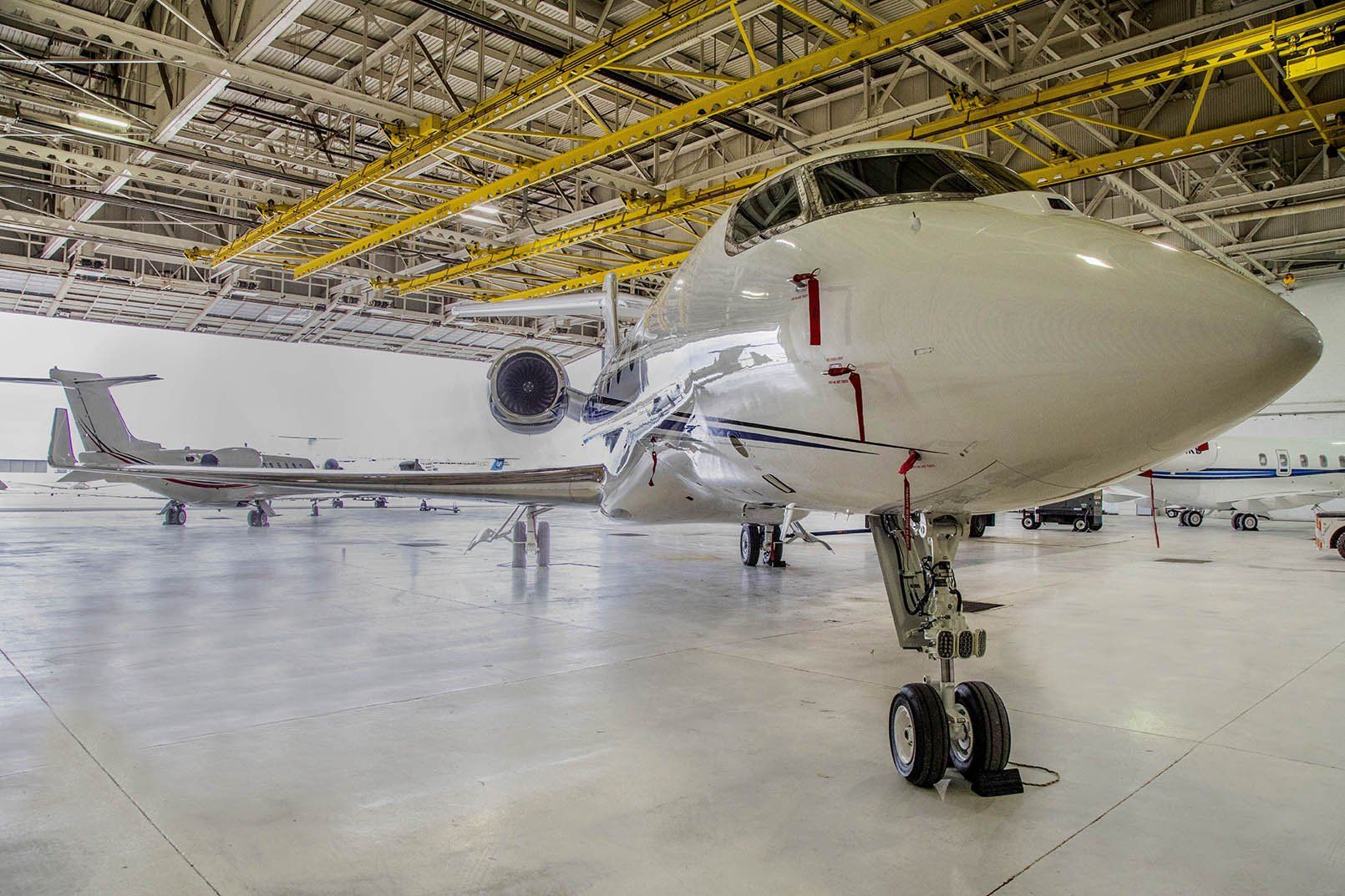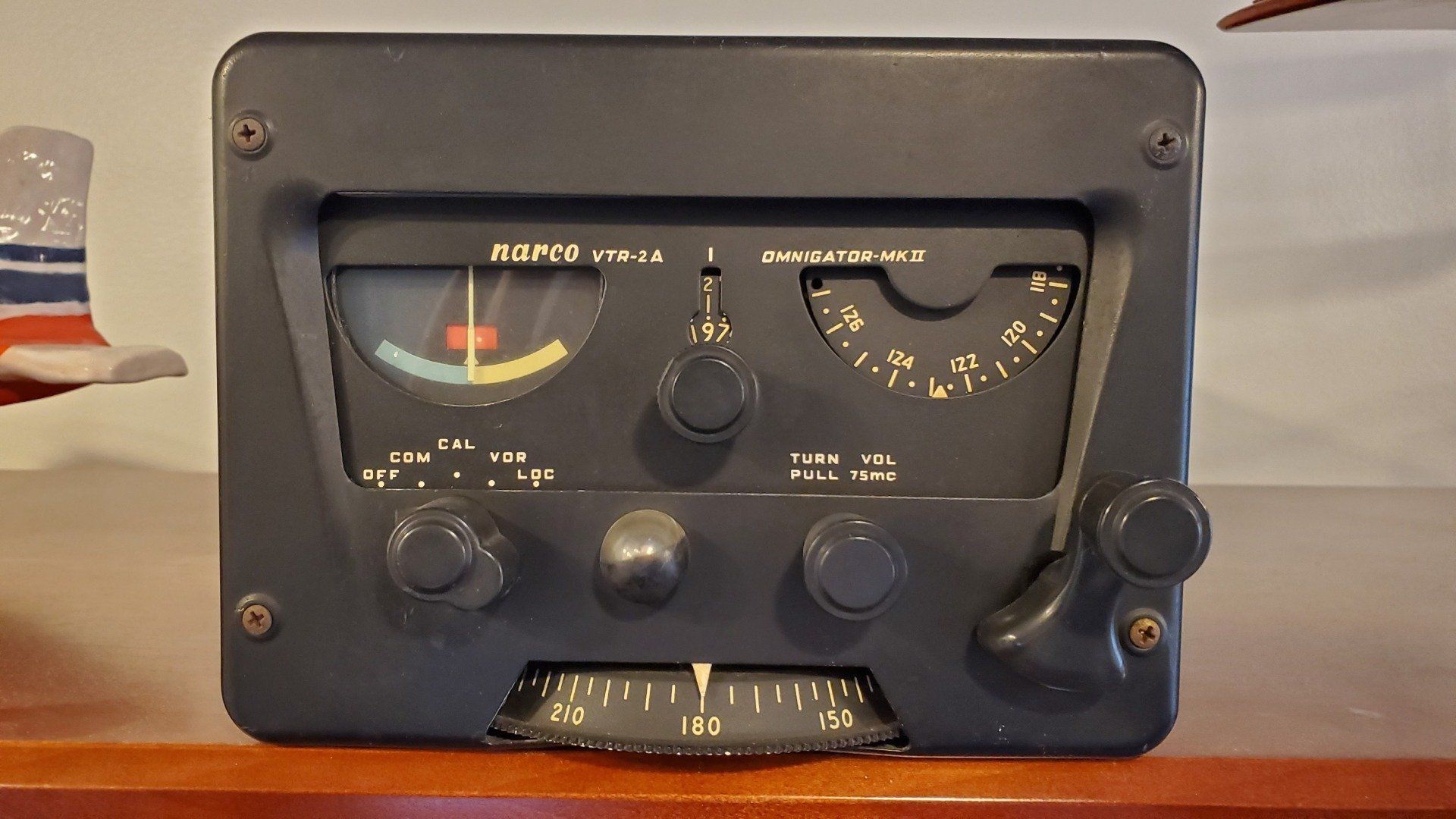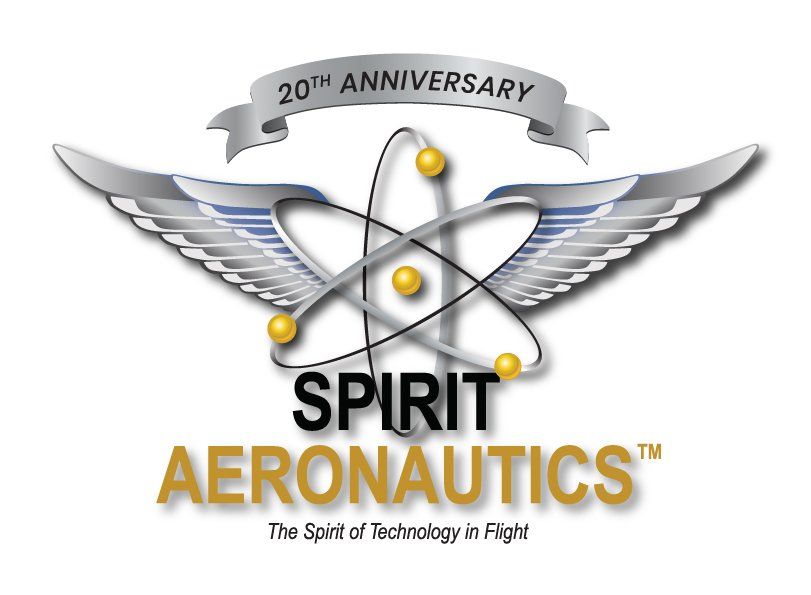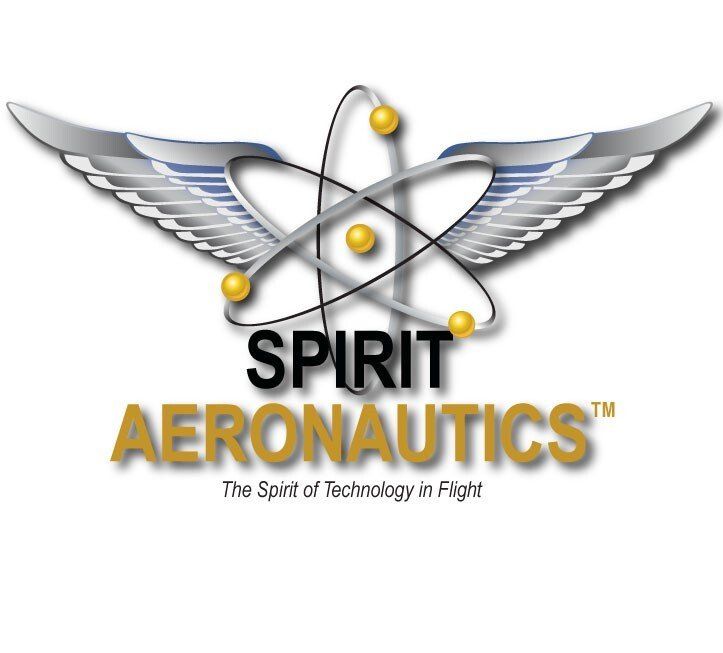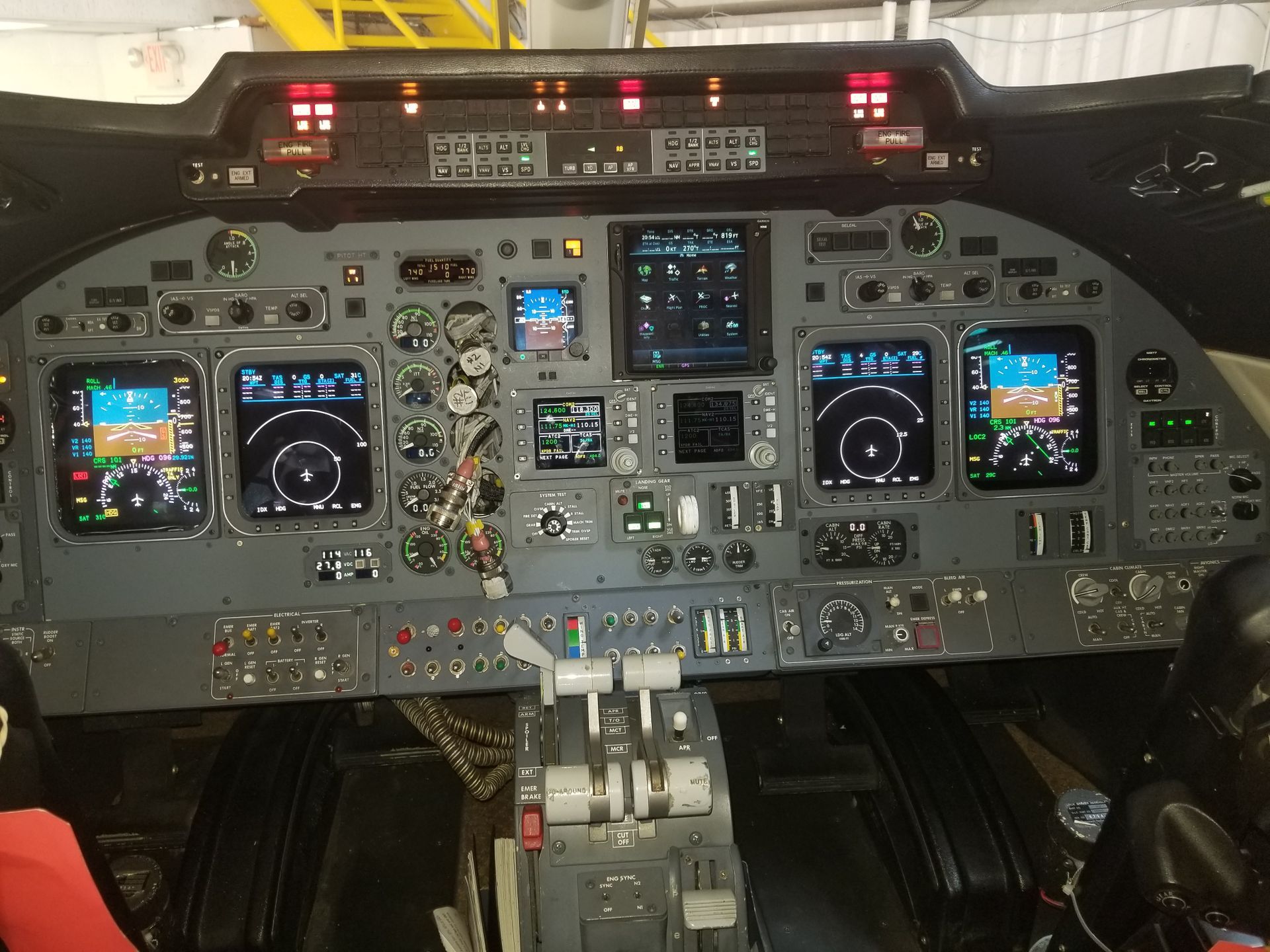What Has Become of our Industry Advocacy?
What's In a Name?
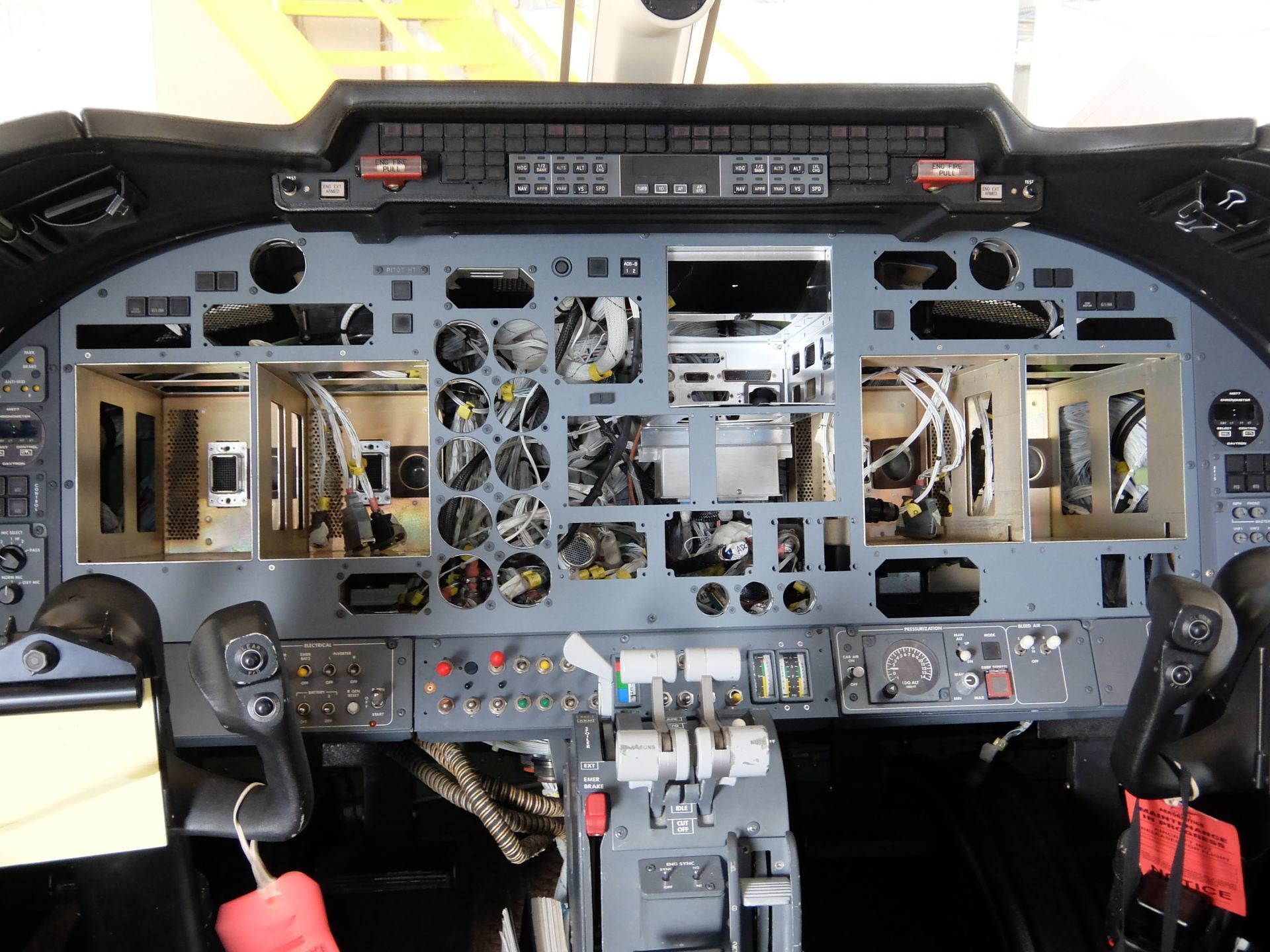
At the 2022 AEA convention, as I sat joined by my peers in a large room full of people paying with their precious costs in time and money to attend, we were being warned by AEA that the use of the word Avionics was not universally understood so it must be removed from the Association's vernacular. Much effort was required to undertake such a feat, and the world will be a finer place following this program. Global unity on the much more well-understood term, aircraft electronics will undoubtedly ensue, as was explained during 30 minutes of this time.
Meanwhile, conversations on the convention floor centered around shop owners fretting about laying off employees because the main Avionics original equipment manufacturers could not deliver products for many months. Having no products meant having no source of revenue, and my fellow owners were right to be concerned for their company's future. No mention from the Association on these challenges and what to do to fix it.
While witnessing the audience's dismay at this lecture, I wondered how many companies sponsoring these folks to attend contain "Avionics" proudly in their business names. How many more are proud to explain to others what they do for a living using such a word as Avionics while grinning proudly? Yet these are the ones that must refrain from such a word as people in foreign lands may not understand. In my seat, I quickly found publications from EASA such as "Avionics requirements for Civil aircraft" or their Part 66- B2 Avionics License while being told EASA needs more clarity for conversations.
It was notable to read AEA's recap the following month in the Avionics News, April 2022; we're reminded in the article "What's In a Name?" to "stay tuned for updates on the membership language" about this need to remove such a maligned word such as Avionics.
The ADS-B rollout should have been a bright moment for AEA to shine. Its abysmal airworthiness certification path has been followed by its impaired performance. Aircraft were failing ADS-B Out performance requirements from its inception at over 30% for many years. It has only recently gone under 10% for "Non-Performing Emitters."
The FAA allowed ADS-B alterations to be undertaken by A&P mechanics, all the while AEA supported this path to subvert repair stations (Regular Members) that are typically required to maintain transponder systems. A UAT is designed to integrate and work properly with an existing transponder, yet no integration testing is required, allowing UAT's to be done outside of the Regular Member's companies by default.
I believe many of these UAT installations are responsible for the still too high ADS-B Non-Performing Emitter rate as the continued airworthiness certification path is broken, and the FAA struggles to fix it. The AEA should have done a much better job at helping the FAA to smartly roll out ADS-B. The Association should have been ardently protecting the ability of Regular Members to better participate and ensure ADS-B upgrades were only installed and serviced by qualified and properly equipped Repair stations. It did the opposite.
The current failure rate of ADS-B equipped aircraft is 5%, yet no one seems to care even as aircraft are now spaced together twice as tightly as before. The ADS-B airspace mandate is meant to provide a higher level of safety for half the separation as before; what is the level of risk with a 5% failure rate now inherent in the ATC system? If there was any other systemic failure of an airborne system, Airworthiness Directives (AD) would be flying out of FAA HQ to tell us why it's happening and what to do to fix it.
The FAA has been tripping all over itself on its 5G Cellular network Non-issue Airworthiness Directive, yet the AEA did not sign on to the 1st industry letter in opposition to the FAA's kneejerk reaction to someone saying Boo about 5G interference. It was quickly brushed over when the AEA had the FAA on the stage at the 2022 convention with a chance to dig into it to better understand how many interference events have happened. The AD couldn't acknowledge a single 5G interference incident in its AD from anywhere across the globe. The FAA is still very mum on the exact impact though any other AD would tell us why it's happening and what to do to fix it . The AEA needs to invest more effort in challenging this self-inflicted wound on the US aviation industry through independent study of the problem.
We are still waiting on the FAA & FCC to determine what to do about aircraft operating with 121.5MHz Emergency Locating Transmitters while NOAA no longer listens to them for distress beacon alerts. The FAA is still adamant that these same beacons are tested every 12 months (FAR 91.207), yet the absurdity is no one will hear them should they truly be needed to perform their lifesaving function. Where is the Avionics' industry advocacy to encourage the FAA to address this significant safety deficiency? For over 10 years, the AEA or FAA has yet to be in sight to address this fundamental safety issue of aircraft owners flying their FAA certified aircraft with safety systems that provide no benefit yet are to be routinely inspected.
The FAA now has a new Enterprise Resource Management system called SAS. This new acronym seems to be the latest four-letter word at the FAA to describe a bad cop that slows or stops every process in its tracks in the FAA bureaucracy. It has been wreaking havoc on the FAR 91, 135, and 121 operators in getting routine approvals for such things as Letter of Authorizations for RVSM approvals or aircraft registration changes completed in a timely manner.
The FAA has seemed to exempt Repair Stations from the pending SMS mandate despite the industry associations all championing its implementation. Associations such as the AEA are in a strained chorus with no melody to explain why it's needed other than everyone else seems to be doing it. Not a single person can tell the industry why another oversight program is necessary enough to be required to make us "Safer." They certainly are implying we are now unsafe, and SMS will quickly solve that problem.
Repair Stations are required to submit "Voluntary Disclosure Reports" to the FAA should a finding be made of a breach in the approved quality oversight of the company operations. SMS would duplicate this effort without the needed benefit of the reports being broadcast to the broader aviation community for review. What problem are they referring to that SMS will solve? The statistics for Repair stations induced errors resulting in injuries or fatalities are pitifully under-researched by the NTSB. What little data there is suggests that Repair Stations operate with exceptional safety results today. Can it be improved, of course. Can it be done by a new FAA policy the Administration couldn't implement upon itself when it tried 10 years ago? Let's discuss it with facts please, without puffy words or references to others doing it. The AEA should not be focused on leading FAA policy where ICAO goes as it diminishes the superpowers of the world's #1 avionics exporting nation.
The AEA has Associate Members that sell directly to aircraft owners such as Dynon. The AEA was founded to protect the Repair Station (Regular) members from FAA & industry-induced policies that run counter to the Member's benefits. I see this as one of the very worst violations of the AEA's pact with its foundational members in accepting money from such companies while subverting its Regular Member's best interests, as new product sales are critical to the lifeblood of these companies.
The AEA has a tremendous amount of dollars wrapped up in bonds and other fiduciary investment funds. The Association is expected to reuse excess funds to nurture and grow the opportunities for the Avionics industry. The funds that pay for more than the basic necessities of the association staff and routine business expenses must be reinvested in our community to better position it for current and future workforce challenges and regulatory change successes. Either the AEA revises its existing dues structure to only cover its needed expenses, or it uses these additional funds to benefit the members paying into it.
Maintaining a positive balance sheet for the Association is an expectation. Overcharging the members so the Association can hold positive investment capital is unwarranted and counter to the AEA's mission.
On a final note, the FAA's continued use of antique technology to operate the NOTAMS and METARS systems must be called and with actionable paths forward utilizing the incredible resources of the avionics industry.
The FAA continues to communicate vital information for flight crews based on a cost-per-letter protocol from the previous use of teletype machines to relay this data. As a result, student pilots must learn an entirely new language of acronyms only to read a NOTAM or METAR when they should be concentrating on far more essential things to be known as aviators. Current technology allows NOTAMS and METARS to be easily read without the added risk of misreading the bizarre string of letters & numbers that is currently in use. The AEA should be effectively leading the charge to empower the FAA with real messaging solutions that use plain language without pilots having to decipher any information whatsoever.
Getting new FAA approvals on Supplemental Type Certificates is far more time-consuming and frustrating than ever. Field Approvals for major alterations have become a thing of the past for many Regular Members in their FAA regions. Many FAA employees still work from home, directly contributing to very costly delays in certification programs and regular FAA duties as needed by AEA member companies. These are critical issues that the membership trusts for advocacy, yet there is little to no public discussions around them by the AEA.
Directly leveraging the subject matter experts within the AEA community to impact aviation safety is the heart of the Association. I believe the regular member companies should be more directly involved in many of the decisions and dialog more closely with the appropriate regulatory agencies with new ideas for process improvements and safety enhancements. These ideas are not getting through today.
The AEA's positions should be well-known and articulated regarding public input on aviation regulatory matters. The AEA only replicates instructions on the notices of proposed rulemaking or draft advisory documents instead of explaining the good or not-so-good elements of new regulatory policy and guidance for the membership. In these explanations, the Association is expected to pick the members' side and offer ideas and suggestions for improvement. The individual members can then amplify these suggestions to offer a more robust response to these calls for public comments on new regulatory policies and guidance directly impacting the Member's ability to operate safely, efficiently and profitably.
The name change coincides with the loss of identity that Avionics-centric Repair Stations feel due to the quiet elimination of FAR 145 Appendix A which gave clarity to the technical requirements and privileges unique to Radio class rated Repair Stations. Now that the FAA has made Appendix A disappear without objection from the AEA, most of the AEA's regular members operating under Radio Class ratings are fast becoming a relic of the past. Despite the fact this clearly is FAA policy backdoored onto the Radio Class Repair stations for no apparent reason, the AEA has seemed wholly content with this path with its silence & tacit support on the matter. This is bad policy in that it eliminates a well-standardized approach to best support the AEA membership in working with their FAA certificate holding district office to qualify their FAA certified operations specifications. Since this shift, every repair is now unique in its Operations Specifications using obscure Limited Airframe ratings. There is no standardization any longer where there once was a great system using Radio class ratings for Repair Stations. Even though it was overdue for an update, FAR 145 Appendix A provided clarity where all participants knew the baseline for a shop's technical requirements & privileges when it was well defined for Radio Class rated Repair Stations. Now there is no standardization and plenty of gray areas for avionics-centric repair stations to qualify their business with their FAA Inspectors, many of whom are AEA members.
The AEA now sides far more tightly with the FAA and its Associate members on many important issues to the industry at large. Repair Station's foundational needs are unchanged today from the Avionics industry's earliest days as needing strong advocacy to bring regulatory sanity and a level playing field for the Repair Station companies working hard to do honest business. It must recognize its core mission in supporting the Regular Member / Repair Stations and change to advocate for them more effectively or admit it no longer represents these values. Repair Stations as company members can value the expenses in time and money in their membership dues and participation activities by having more transparency and truly positive advocacy from the Aircraft Electronics Association.
1 http://www.brightcopy.net/allen/avne/59-4/index.php#/p/16
2 https://www.faa.gov/air_traffic/technology/equipadsb/installation/current_equipage_levels
from a different source.
BLOGS
The Impact of Using FAA STC's for ADS-B
